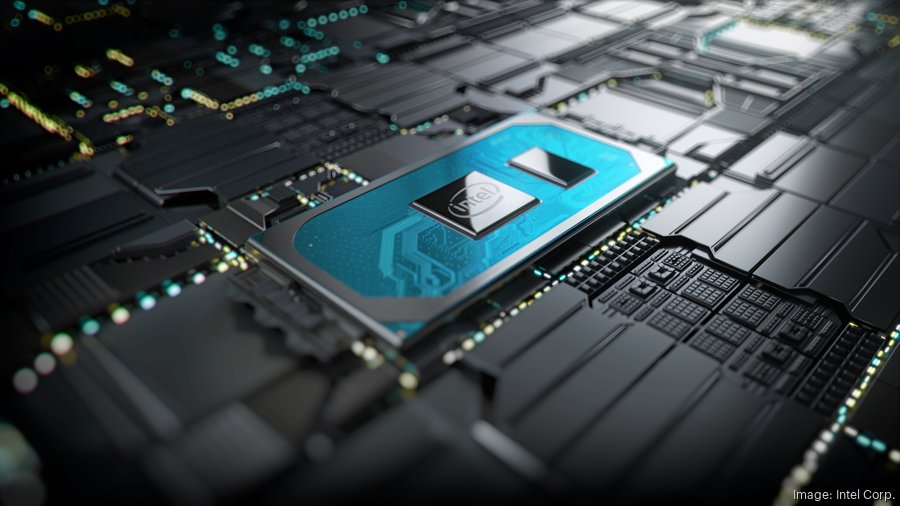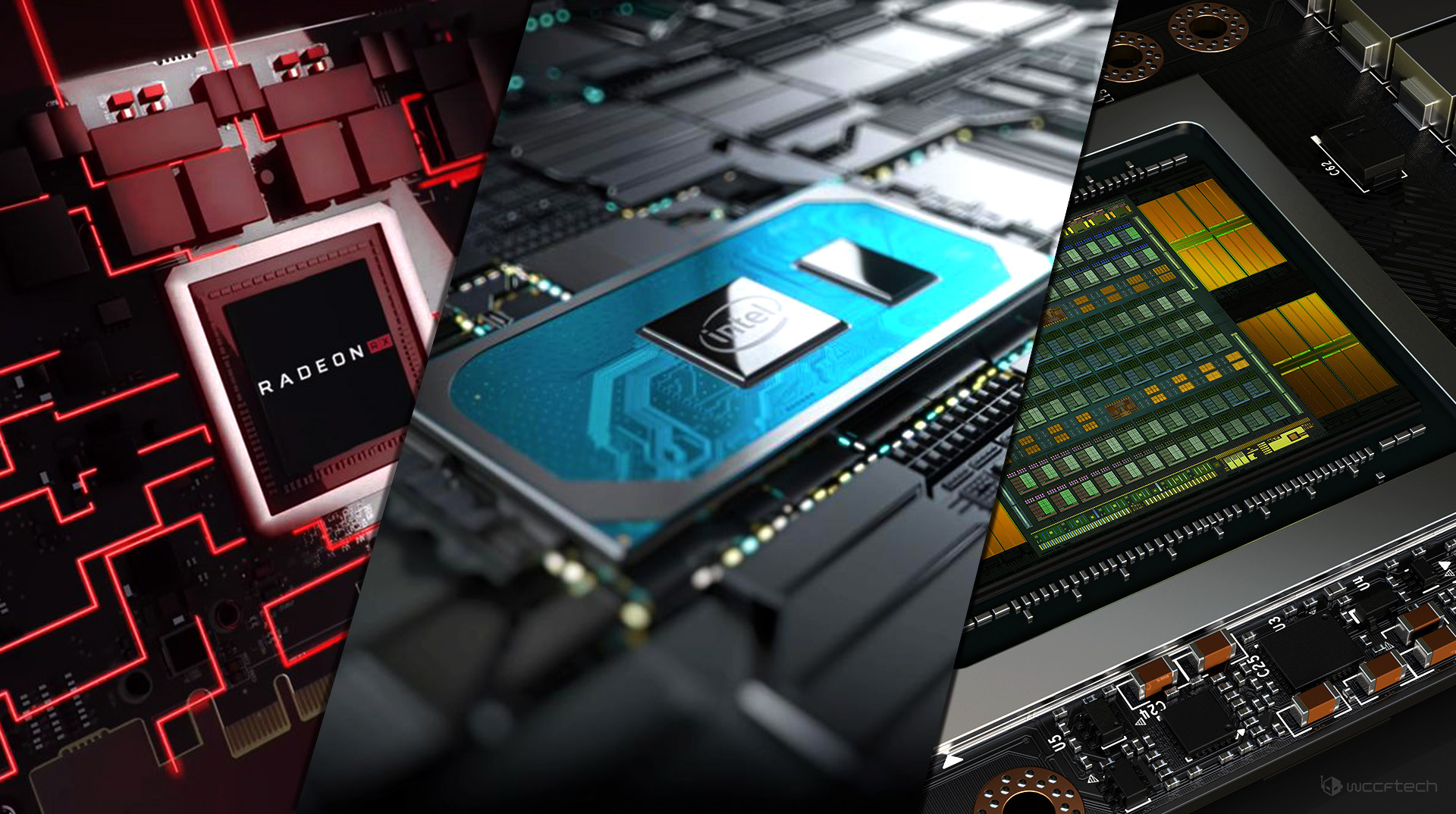Next-Gen Processors & Chipsets: The Future of Computing Power

The world of computing is constantly evolving, and one of the key drivers of this change is the advancement of next-gen processors & chipsets. These innovations are powering the future of computing, enabling faster, more efficient, and more capable devices. Whether it’s for mobile phones, laptops, servers, or high-performance gaming systems, next-gen processors & chipsets are setting the stage for the future of technology.
As we move into the next era of computing, these advanced components are becoming increasingly important. With the demand for better performance, higher efficiency, and smaller form factors, the tech industry is working tirelessly to develop next-gen processors & chipsets that will meet these needs. In this article, we explore the latest advancements in processors and chipsets, focusing on how they are revolutionizing the computing experience.
1. The Rise of AI in Processors
Artificial intelligence (AI) is one of the most significant trends in the development of next-gen processors & chipsets. Modern processors are increasingly designed with AI capabilities in mind, allowing them to perform tasks such as machine learning, data analysis, and neural network processing at incredible speeds.
Key Updates:
- AI Acceleration: The latest processors come equipped with dedicated AI cores that can handle complex AI algorithms, making them ideal for applications like voice recognition, image processing, and autonomous driving.
- Edge Computing: AI-powered processors are becoming essential in edge computing, where data is processed closer to the source rather than in centralized data centers, reducing latency and bandwidth usage.
These updates in next-gen processors & chipsets are paving the way for more intelligent and responsive devices, from smartphones to industrial machines.
2. Faster and More Efficient Performance
The core purpose of next-gen processors & chipsets is to deliver faster and more efficient performance. As technology continues to advance, the demand for more powerful devices has led to a rapid increase in processing speed, efficiency, and energy consumption. Modern processors are now built with cutting-edge architectures that maximize performance while minimizing power usage.
Key Features:
- Smaller Process Nodes: With smaller process nodes (measured in nanometers), processors are able to pack more transistors into a smaller area, which increases performance while reducing power consumption.
- Multi-Core Architecture: Many next-gen processors & chipsets now feature multi-core designs, allowing them to perform multiple tasks simultaneously. This architecture is crucial for multitasking, gaming, and running resource-heavy applications.
- Thermal Management: Advanced thermal management systems are incorporated into processors, ensuring that devices maintain optimal performance even during intense usage.
These developments in next-gen processors & chipsets are pushing the boundaries of what devices can do, enabling seamless multitasking and resource-heavy applications.

3. 5G Integration and Mobile Processing Power
One of the most exciting advancements in next-gen processors & chipsets is their integration with 5G technology. As 5G networks continue to roll out globally, processors need to support the high-speed data transmission capabilities of 5G to enable next-level mobile experiences.
Key Developments:
- 5G-Ready Processors: New processors are being designed specifically to handle the demands of 5G connectivity. These processors support faster download and upload speeds, ultra-low latency, and more stable connections.
- Improved Mobile Gaming: With the increase in mobile gaming and the rise of cloud gaming, next-gen processors & chipsets are designed to handle high-end graphics and real-time processing demands without overheating or slowing down.
These advancements in mobile processing power are helping consumers and businesses take full advantage of 5G networks, whether for entertainment, work, or communication.
4. The Role of Quantum Computing in Future Processors
Looking even further into the future, quantum computing is poised to make a significant impact on the development of next-gen processors & chipsets. While still in its early stages, quantum computing promises to revolutionize how we process information, solving problems that are currently beyond the reach of classical computers.
What’s Coming Next:
- Quantum Chipsets: Early-stage quantum processors are already being developed, with companies like IBM and Intel leading the charge. These quantum processors have the potential to solve complex problems in fields like cryptography, drug development, and materials science.
- Hybrid Systems: The future of computing may involve a combination of classical and quantum processors working together. Hybrid systems would use quantum processors for highly complex tasks while relying on traditional processors for everyday computing needs.
Though quantum computing is still a few years away from widespread use, it holds immense promise for the next generation of processors & chipsets.
5. The Impact of 3D Stacking Technology
One of the most promising advancements in next-gen processors & chipsets is the use of 3D stacking technology. This involves stacking multiple layers of silicon chips to create a more compact and efficient processor, allowing for higher performance without increasing the size of the device.
Key Advantages:
- Increased Density: 3D stacking allows for more transistors to be packed into a smaller space, resulting in better performance and higher data transfer speeds.
- Improved Power Efficiency: By reducing the distance data needs to travel between different layers of the chip, 3D stacking can improve power efficiency and reduce heat generation.
- Faster Communication: Stacked chips can communicate with each other more quickly, improving overall processing speed and reducing latency.
This technology will play a crucial role in the development of next-gen processors & chipsets, helping to meet the growing demand for powerful yet compact devices.
Also Read: AI-Powered Robotics Updates: The Future of Automation and Innovation

6. Security and Privacy in Processors
With the rise of cyber threats, the security of next-gen processors & chipsets is becoming more critical. Modern processors are now being designed with built-in security features to protect data and maintain privacy.
Latest Security Features:
- Hardware-Based Security: New processors are incorporating hardware-based security features such as Trusted Execution Environments (TEEs) and Secure Enclaves to protect sensitive data from cyberattacks.
- AI for Security: AI is also being used to enhance security in next-gen processors & chipsets, enabling them to detect and respond to security threats in real-time.
These advancements in security will ensure that next-gen processors & chipsets can meet the demands of increasingly complex and high-risk digital environments.
Conclusion: The Future of Computing with Next-Gen Processors & Chipsets
The future of computing lies in the continuous evolution of next-gen processors & chipsets. From AI acceleration and 5G integration to quantum computing and enhanced security features, these components are at the heart of every technological innovation. As the demand for faster, smarter, and more efficient devices grows, next-gen processors & chipsets will continue to push the boundaries of what’s possible.
As we look forward to the continued development of these advanced technologies, one thing is clear: the next-gen processors & chipsets of tomorrow will enable a world of possibilities, from improved personal devices to cutting-edge innovations in AI, gaming, and beyond.



